Prompt Engineering
Learning
Prompt Engineering: The No-BS Guide to AI Communication
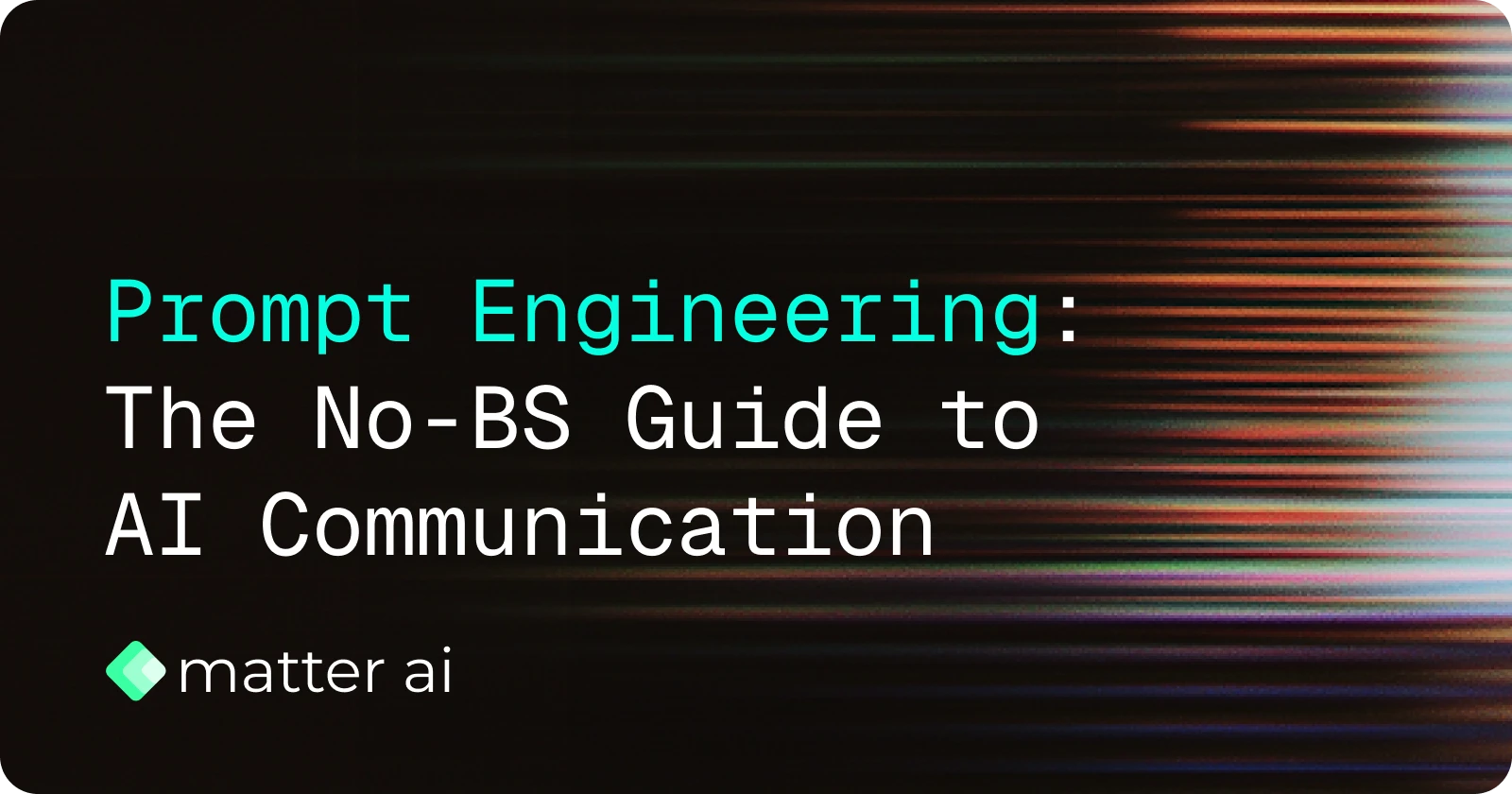
Why Prompt Engineering Matters
In the rapidly evolving landscape of artificial intelligence, the ability to effectively communicate with large language models (LLMs) has become paramount. Prompt engineering is the discipline of crafting precise and effective instructions to guide AI behavior. It's not just about asking questions; it's about designing the interaction to achieve specific, reliable outcomes. This discipline is crucial for several reasons:
- Consistency: Ensuring that LLMs produce predictable and repeatable outputs, which is vital for integrating AI into production systems.
- Reduced Hallucinations: Minimizing the generation of factually incorrect or nonsensical information by providing clear context and constraints.
- Optimized Performance: Unlocking the full potential of advanced models, especially complex architectures like Mixture-of-Experts (MoE) models, by directing their specialized capabilities effectively.
- Enhanced Control: Gaining granular control over the AI's persona, style, and output format, aligning its responses with specific application requirements.
Introduction
Prompt engineering has evolved from simple query crafting to sophisticated instruction design for complex AI architectures. As models like MatterAI's Axon leverage Mixture-of-Experts (MoE) architectures, understanding how to effectively communicate becomes critical for optimal performance.
This guide covers four fundamental aspects of prompt engineering, with specific optimizations for MoE models.
1. System Prompts: Setting the Foundation
System prompts serve as the foundational instructions that define an AI's behavior, role, and constraints. They establish the operational boundaries within which the model functions.
Core Purpose
- Define the AI's role and expertise domain
- Set output constraints and formatting requirements
- Establish error handling and fallback behaviors
- Provide architectural routing signals for MoE models
Crafting Effective System Prompts
Explicit Role Definition
System: You are [Role], specializing in [Domain].
Task: [Specific objective]
Output: [Format and structure requirements]
Constraints: [Limitations and boundaries]
For MoE models like Axon, system prompts should include routing signals:
System: You are Axon Code, Agentic LLM Model for coding by MatterAI.
Routing: Direct technical coding queries to expert subnet
Task: Provide production-grade code solutions
Output: Executable code with minimal explanation
Constraints: No placeholder comments, full implementation only
Architecture-Specific Formatting
Different model architectures respond better to specific prompt structures:
Transformer Models: Linear, narrative-style instructions MoE Models: Structured, decomposed tasks with explicit routing RNN Models: Sequential, step-by-step guidance
2. Ensuring Consistent Responses
LLM responses naturally vary, but production systems require predictable outputs. Consistency engineering involves structuring prompts to minimize variance.
JSON Output Stabilization
Schema-First Approach
User: Generate response in this exact JSON format:
{
"status": "success|error",
"data": { "result": string },
"metadata": { "processed_at": timestamp }
}
Requirements: Strict adherence, no additional fields
Example: {"status": "success", "data": {"result": "Optimized"}, "metadata": {"processed_at": "2024-01-01T00:00:00Z"}}
For MoE models like Axon, leverage expert specialization:
User: Generate technical specification in JSON:
Schema: { "component": string, "architecture": string, "optimizations": array }
Expert Routing: Technical specification expert
Validation: Schema compliance required
Component Consistency Patterns
Pre-formatted Output Requests
User: Generate a React component with this structure:
[CODE_TEMPLATE]
Requirements:
1. Maintain exact prop interface
2. Preserve CSS class names
3. Implement error boundaries
3. User Prompts: Task Specification Excellence
User prompts translate human intent into machine-executable instructions. Effective user prompts are precise, scoped, and assumption-free.
Core Principles
Specificity Over Generality
Poor: "Optimize this code";
Better: "Reduce time complexity of this sorting function from O(n²) to O(n log n)";
Context Scoping
User: Refactor this authentication function
Scope: JWT token generation only
Exclusions: Database queries, logging
Target: Node.js with async/await
For MoE architectures, decompose complex tasks:
User: Optimize this machine learning pipeline
Step 1: Data preprocessing expert - identify bottlenecks
Step 2: Model training expert - suggest algorithm improvements
Step 3: Deployment expert - recommend scaling strategies
Multi-Part Query Construction
Complex tasks benefit from structured breakdown:
User: Analyze this API design
Part 1: Security vulnerabilities (OWASP Top 10 focus)
Part 2: Performance considerations (latency and throughput)
Part 3: Scalability recommendations (load balancing strategies)
Format: Numbered list with severity ratings
4. Context Injection: Knowledge Transfer
Effective context injection ensures models utilize provided information rather than relying on internal knowledge or hallucination.
Direct Context Embedding
For small contexts (<2k tokens):
User: Using this codebase structure, implement the feature:
[CODEBASE_CONTEXT]
Requirements:
1. Follow existing architectural patterns
2. Maintain backward compatibility
3. Add comprehensive error handling
Large Context Management
For extensive context, use chunked injection:
User: Process this technical documentation in sections:
Section 1: [Chunk 1/3]
Section 2: [Chunk 2/3]
Section 3: [Chunk 3/3]
Task: Generate implementation guide
Reference: Cite specific section numbers in output
Restriction: No assumptions beyond provided content
For MoE models like Axon, tag context by type:
User: Process this mixed-content input:
[TECHNICAL_SPECIFICATIONS] - Route to engineering expert
[BUSINESS_REQUIREMENTS] - Route to product expert
[SECURITY_GUIDELINES] - Route to security expert
Task: Generate comprehensive implementation plan
Output: Expert-specific recommendations per section
Context Validation Patterns
Ensure context utilization with validation prompts:
User: Using only the provided API documentation below:
[API_DOCS]
Task: Generate integration code
Validation: Reference specific line numbers from documentation
Restriction: No assumptions beyond provided content
Advanced Techniques for MoE Architectures
Expert Routing Optimization
Structure prompts to leverage specific expert networks:
User: For this data science task:
Mathematical computation - Route to numerical expert
Statistical analysis - Route to statistics expert
Visualization - Route to graphics expert
Task: Generate complete analytical pipeline
Parallel Expert Activation
Decompose tasks for simultaneous expert processing:
User: Analyze this software architecture:
Performance expert: Identify bottlenecks
Security expert: Flag vulnerabilities
Maintainability expert: Suggest improvements
Integration expert: Recommend APIs
Output: Structured report with expert recommendations
Conclusion
Prompt engineering is evolving from art to science, especially with advanced architectures like MoE. Key takeaways:
- System prompts establish foundational behavior and routing
- Consistency engineering ensures predictable outputs
- User prompts require precision and assumption elimination
- Context injection prevents hallucination and ensures relevance
For MoE models specifically, decompose tasks, provide explicit routing signals, and leverage expert specialization. As AI architectures advance, prompt engineering becomes increasingly critical for unlocking their full potential.
Share this Article:
More Articles
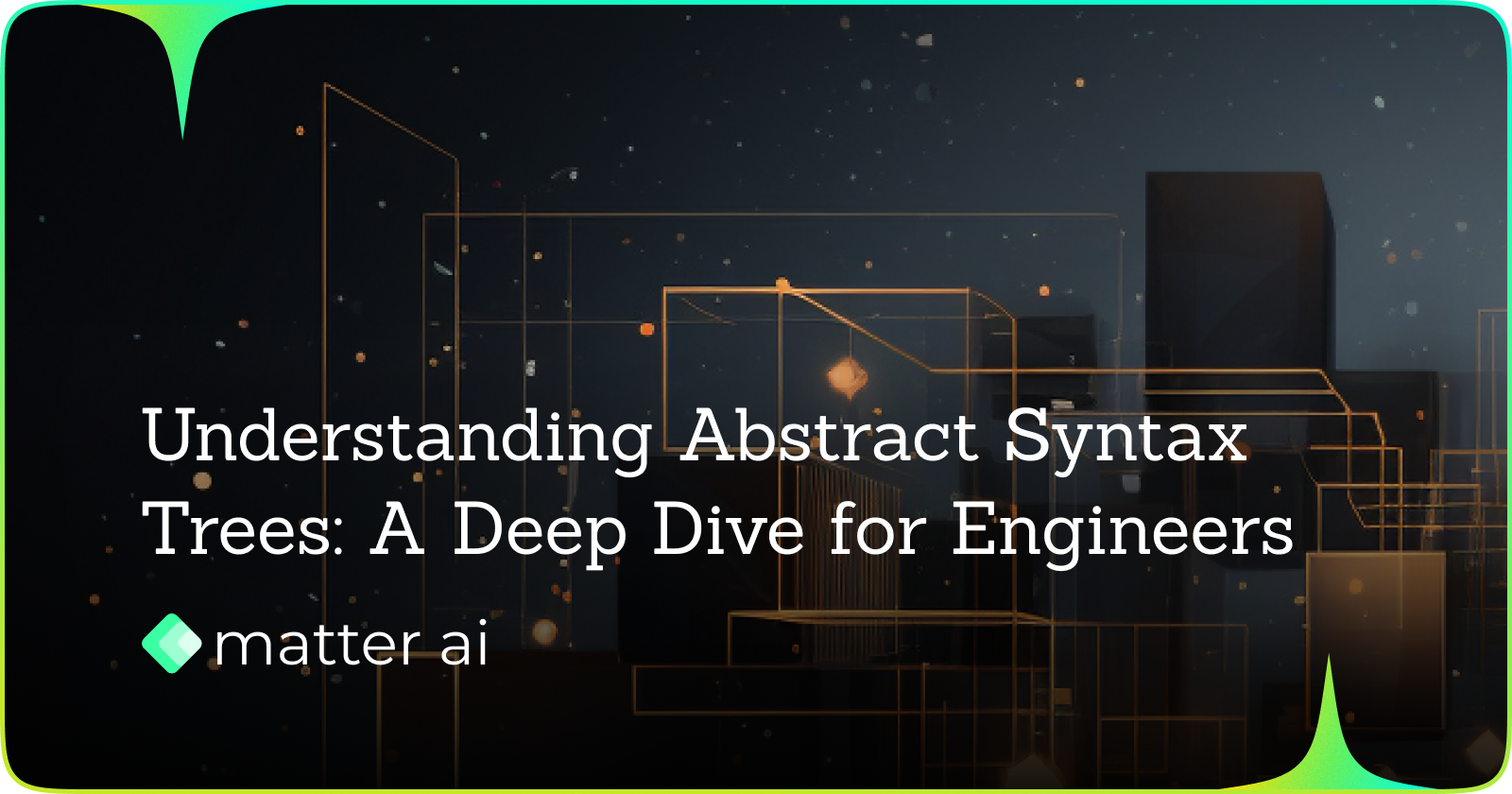
Introducing Axon Code, VS Code AI Coding Agent | Cursor Alternative
The next generation harness AI Coding Agent

Fixing the $500B problem with today's AI
The key challenges that AI presents today and how we at MatterAI are working on fix them.
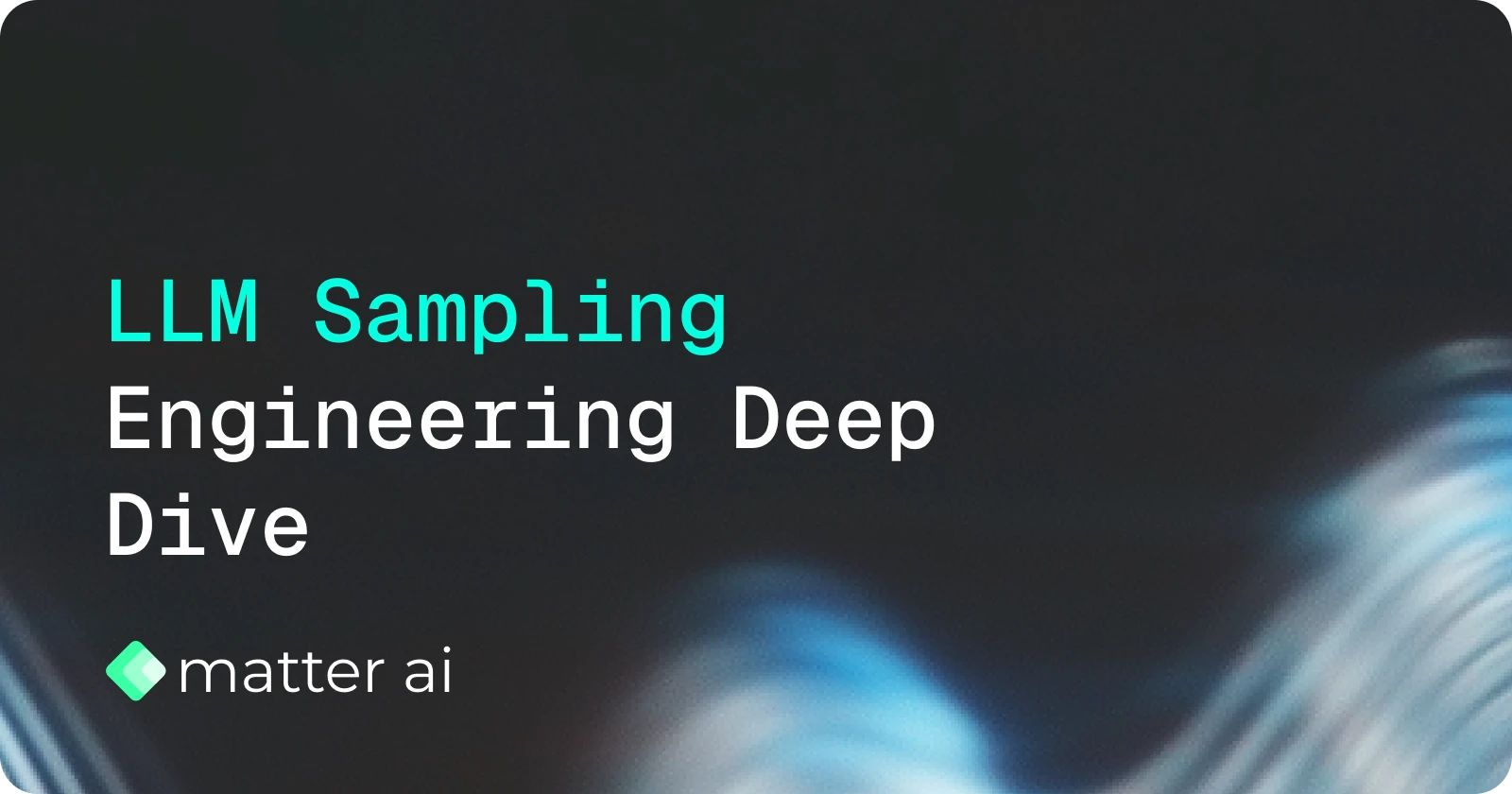
LLM Sampling: Engineering Deep Dive
How to tune LLMs to work for you with samplings
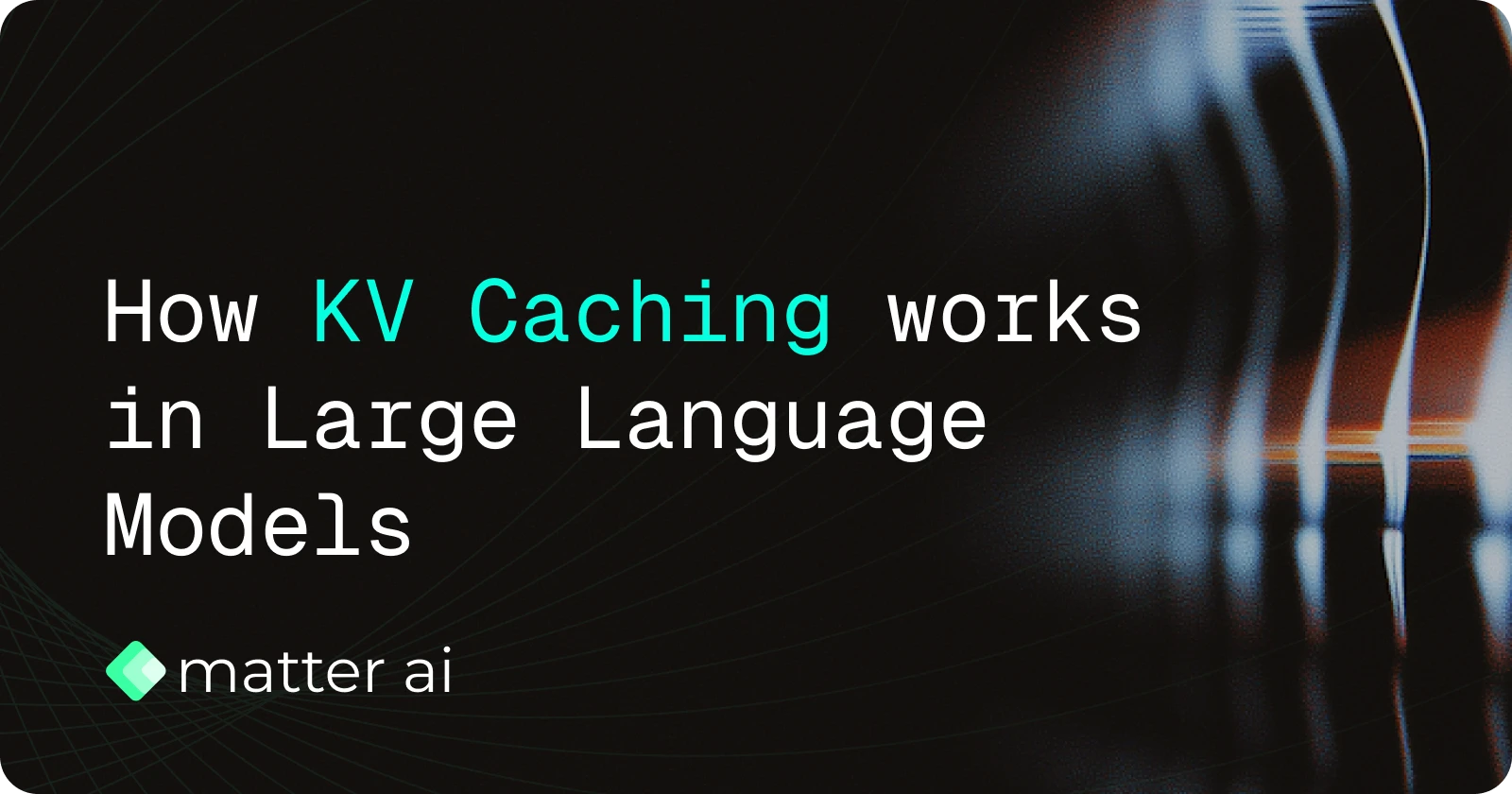
How KV Caching Works in Large Language Models
KV caching is the optimization that solves this problem, making LLMs faster and more efficient
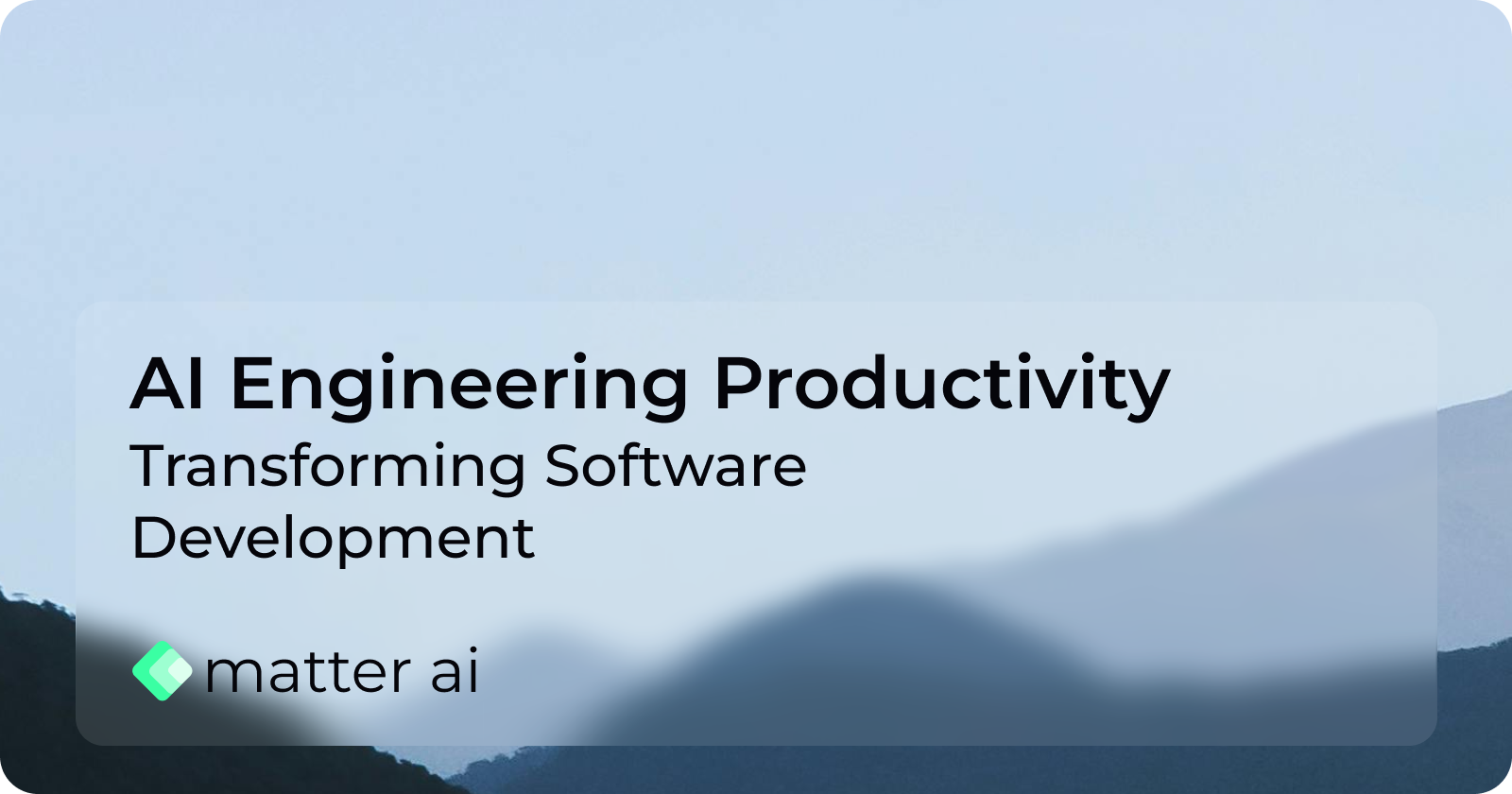
AI Engineering Productivity: Transforming Software Development
Artificial intelligence isn't just another tool in the developer's toolkit—it's fundamentally changing how we approach problem-solving, code creation, and system design.
Continue Reading

Introducing Axon Code, VS Code AI Coding Agent | Cursor Alternative
The next generation harness AI Coding Agent

Fixing the $500B problem with today's AI
The key challenges that AI presents today and how we at MatterAI are working on fix them.

LLM Sampling: Engineering Deep Dive
How to tune LLMs to work for you with samplings
